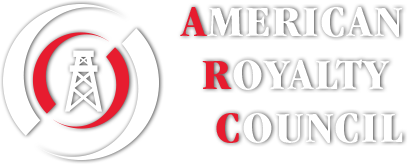Most historians trace the start of the oil industry on a large scale to 1859. That year, a retired railroad conductor named Edwin L. Drake drilled a well near Titusville, Pa. Drake used an old steam engine to power the drill. After Drake’s well began to produce oil, other prospectors drilled wells nearby. Within three years, so much oil was being produced in the area that the price of a barrel dropped from $20 to 10 cents.
“By the early 1860’s, the oil boom had transformed western Pennsylvania. Forests of wooden derricks covered the hills, and thousands of prospectors crowded into the new boom towns. At first, wagons and river barges carried the oil to refineries on the Atlantic Coast. But the growing volume of oil soon required more efficient means of transportation. Railroads established branch lines to the fields and began to haul oil. In 1865, the first successful oil pipeline was built from an oil field near Titusville to a railroad station 5 miles (8 kilometers) away. Within 10 years, a 60-mile (97-kilometer) line ran from the oil region to Pittsburgh.”
“Prospectors discovered that other states had even larger oil deposits than Pennsylvania. By the 1880’s, commercial production of oil had begun in Kentucky, Ohio, Illinois, and Indiana. In 1901, the opening of the Spindletop field in eastern Texas produced the first gusher in North America. During the 1890’s and early 1900’s, California and Oklahoma joined Texas as the leading oil-producing states. Annual U.S. oil production rose from 2,000 barrels in 1859 to 64 million barrels in 1900. Commercial oil production spread rapidly throughout the world. Italy began to produce oil in 1860. After Italy, production began, in order, in Canada, Poland, Peru, Germany, Russia, Venezuela, India, Indonesia, Japan, Trinidad, Mexico, and Argentina. The first important oil discoveries in the Middle East occurred in Iran in 1908. Prospectors struck oil in Iraq in 1927, and in Saudi Arabia in 1938. Huge oil fields were later found in other states on the Persian Gulf.”
“Petroleum is one of the most valuable natural resources in the world. Some people call petroleum ‘black gold,’ but it may be better described as the lifeblood of industrialized countries. Fuels made from petroleum provide power for automobiles, airplanes, factories, farm equipment, trucks, trains, and ships. Petroleum fuels also generate heat and electricity for many houses and business places. Altogether, petroleum provides nearly half the neergy used in the world.”
“In addition to fuels, thousands of other products are made from petroleum. These products range from paving materials to drip-dry fabrics and from engine grease to cosmetics. Petroleum is used to make such items in the home as aspirins, carpets, curtains, detergents, phonograph records, plastic toys, and toothpaste.”
— The World Book Encyclopedia, CD-Rom Edition, 1997.



